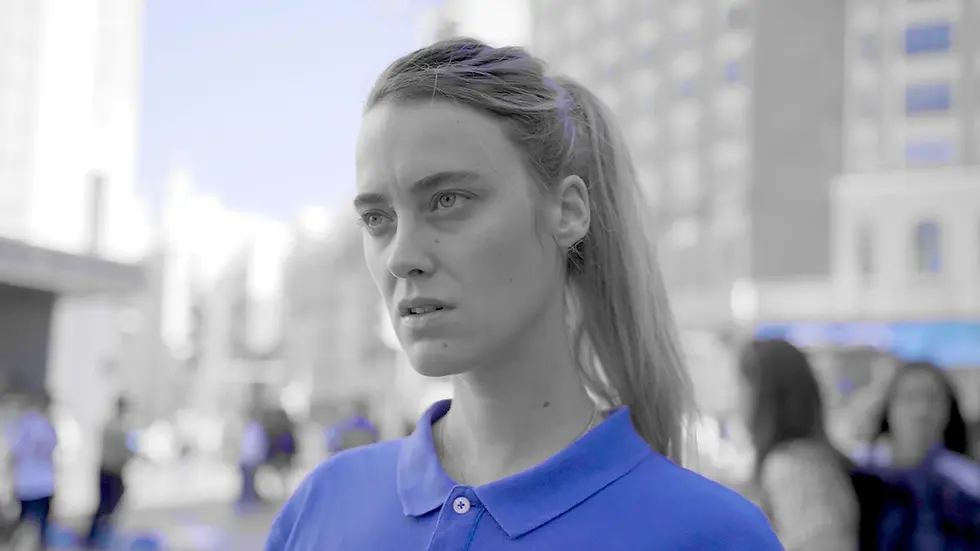Essential Photography Tips for Beginners
- Tokyo Cine Mag

- Sep 17, 2021
- 4 min read

Work with Your Composition
To take engaging photos, you need to be engaged with what you’re doing. Don’t just fly by on autopilot. Instead, put thought into your composition and try to make your photos as good as possible.
That starts with knowing the basics of how to compose good photos. Don’t cut off important parts of your subject with the edge of your frame. Keep your horizons level, and try to eliminate any distractions in your photo by adjusting your composition. See if your photo has a sense of balance and simplicity. And if the photo doesn’t look good on your first try, keep experimenting until you get it right.
Don’t Overexpose Highlights
When you are picking your camera settings, it is critical to avoid overexposing highlights in a photo. The reason? It’s simply impossible to recover any detail from white areas of a photo. Personally, I prefer the sky in my photos to have nice texture and color, rather than being just a big, featureless blob, and I bet you do too.
It’s pretty easy to keep your highlights intact. But this is where shutter speed, aperture, and ISO are so important. These are the only camera settings that directly affect the brightness of a photo (ignoring flash settings, of course). Even exposure compensation – an important setting itself – just tells your camera to change one or more of these three variables.
When you’re taking photos, watch the camera screen to see if there is any overexposure. If there is, the first thing you should do is lower your ISO to its base value (usually ISO 100). If it’s already there, use faster shutter speed. That will take care of the issue. As for aperture, make sure it isn’t set to a crazy value (f/32, f/45, etc.) and you’ll be good.
Pay Attention to the Light
Probably the single most important part of photography is light. If you take a photo with good light, you’ve taken a huge step toward getting a good picture. But what counts as good light? It’s not all about sunsets.
Often, the goal here is to balance the light’s intensity between your subject and background. Even if you’re photographing an amazing sunset, the photo could be ruined by a completely dark and silhouetted foreground.
The easiest way to solve this is to pay attention to the direction and softness of the light. If the light is too harsh, you could get bad shadows going across your subject, which is especially a problem for portrait photography. If the light is coming from an unflattering angle, see what you can do to move the light source (in a studio) or move the subject (outdoors) – or wait until the light is better (landscape photography).
Also, if you’re taking handheld pictures, make sure there is enough light. If not, use a flash or move where it’s brighter. The easiest way to get bland, discolored photos is to shoot in environments without enough light.
Move Your Feet
It’s easy to get stuck in one place while you’re taking pictures. Don’t fall into that trap. Instead, move your feet (or your tripod) as much as possible. Climb on top of things, change the height of your camera, walk forward and backward, do whatever you need to do – but keep moving.
If you take a dozen photos from the same height, facing the same direction, without moving your feet or tripod at all, guess what? They won’t be very different. If your entire portfolio is taken from the same height and without any experimentation, you’re missing out on some great photos.
Moving around is the only way to change the relative sizes and positions of the objects in your photo. Don’t like that your subject is too big and the landscape in the background is too small? Stand back and zoom in. Want to fix a rock that looks distracting? Move around until it’s out of your composition, or too small to be a nuisance.
Know When to Use a Flash
Flashes aren’t just meant for dark environments.
Don’t get me wrong – they’re great if you need some extra light. Get an external flash, tilt it at the ceiling, and use a relatively long lens (50mm or longer). Everyone you know will be amazed at the quality of your event photos. It’s the easiest way to get good results without actually knowing what you’re doing.
But flashes are useful outdoors, too, even in the middle of the day. If you’ve ever heard of “fill flash,” this is why it’s so important. You can fill in ugly shadows on your subject just by using a gentle flash – and most people looking at the photo won’t even be able to tell.
Clean Your Camera Lens
I’ve seen too many people walking around with the front element of their camera lens dirty, dusty, and smudged. That’s the easiest way to get blurry photos 100% of the time.
Of course, a little bit of dust won’t do any harm; it won’t even be visible in an image. There are small particles of dust inside every lens, which are impossible to clean without taking apart the lens – and they have no impact on a photo whatsoever.
Instead, I’m talking about lenses that have never been cleaned, with grime and fingerprints that haven’t been removed in ages. Do yourself a favor and get a microfiber cloth and lens cleaning solution. Bring them along on trips and use them at least once a week.



Comentários